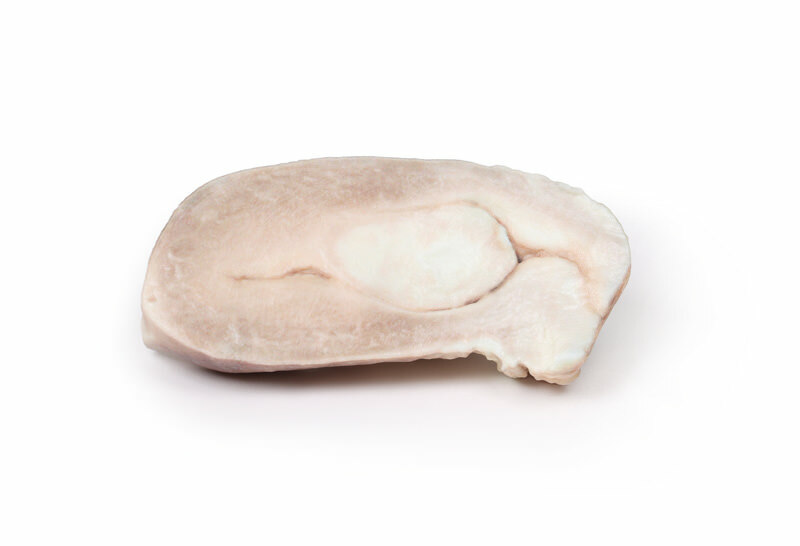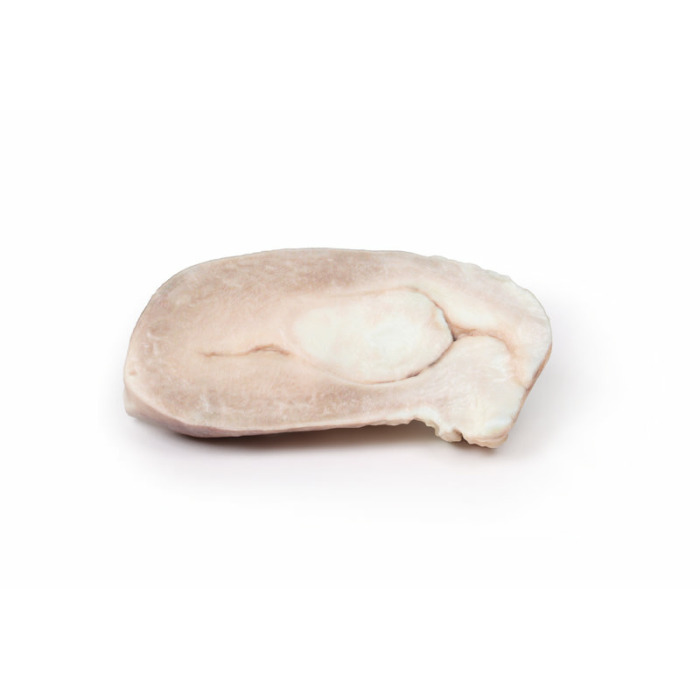MP2107 - Uterine Leiomyoma
By buying you get
105 Points
More than a purchase. You get service and expert advice. Ask which products and combinations are recommended for you.
Clinical History
A 30-year old female presents with inability to conceive. She also reports a history of intermittent pelvic discomfort, menorrhagia and painful periods. On examination a pelvic mass was palpable. All of her blood tests were within normal ranges. A pelvic ultrasound showed a hypoechoic mass within the myometrium of her uterus. She went for hysteroscopic myomectomy but unfortunately complications meant her surgery was converted to an emergency hysterectomy. She made a full recovery post-op.
Pathology
The specimen includes the cervix, body and fundus of the uterus. The uterus, which is of normal size, has been cut in the sagittal plane. A large ovoid mass approximately 4cm x 2cm protrudes into the uterine cavity and extends as far inferiorly as the opening of the cervix. It originates from the posterior aspect of the uterus. The cervical canal is clearly visible.
Further Information
Uterine leiomyomas , also called fibroids, are the most common pelvic tumours in females. They are present in almost 25% of reproductive females. They are benign tumours arising from smooth muscle and fibroblasts of the myometrium. They usually involve the myometrium of the uterine body. Rarely they can affect the lower uterus or cervix. Leiomyomas can occur as single lesions or multiple and can grow very large. There are rare variants, which can extend and spread distally but are still considered benign: e.g. the benign metastasizing leiomyoma, which commonly spread to the lining; or disseminated peritoneal leiomyomatosis, which appears on the peritoneum covering the uterus Risk factors for developing fibroid include being of reproductive age, being a black woman and early menarche. Higher parity has been found to be protective. Most leiomyomas have normal karyotypes but there are some which show mutation in the HMG genes. Transformation into malignant leiomyosarcoma is very rare.
Common symptoms of uterine fibroids include abnormal vaginal bleeding, pelvic pain, dyspareunia, dysmenorrhea and symptoms of pelvic structure compression such as urinary symptoms or venous compression symptoms. Leiomyomas can decrease fertility and in pregnant females increase the rate of early pregnancy loss, fetal malpresentation and postpartum hemorrhage. Pelvic ultrasound is usually used to diagnose leiomyomas. CT and MRI scans are rarely used to diagnose.
Leiomyomas can grow but can also regress. Treatment is reserved for persistently or severely symptomatic fibroids. Hormonal treatment may be used to regulate irregular menstrual bleeding symptoms. Surgical treatments include myomectomy (removal of fibroids from myomectomy), hysterectomy, myolysis (thermal ablation of leiomyoma) and uterine artery ablation/embolisation.
- Quantitative unit
- ks

MP2107 - Uterine Leiomyoma








